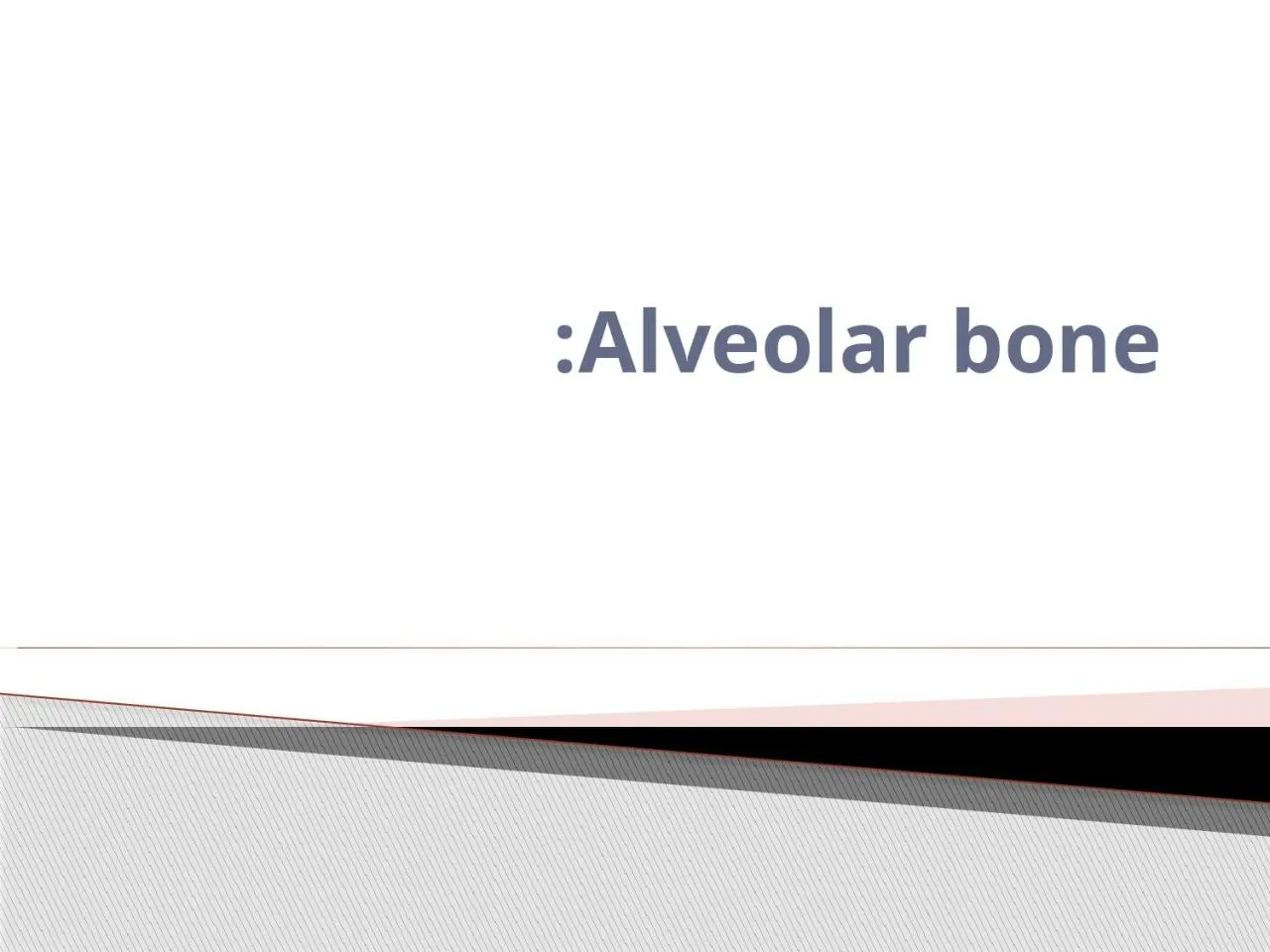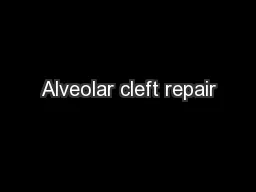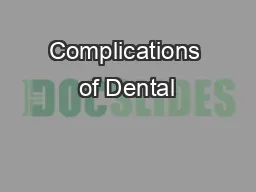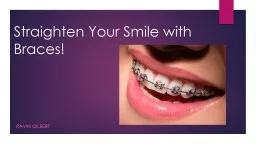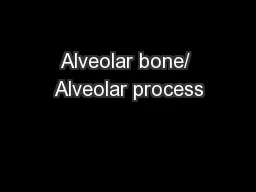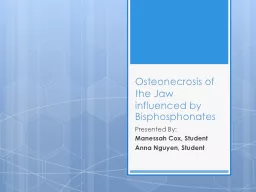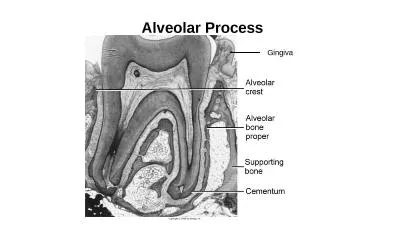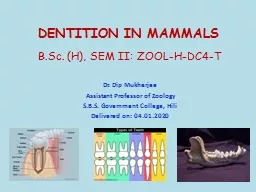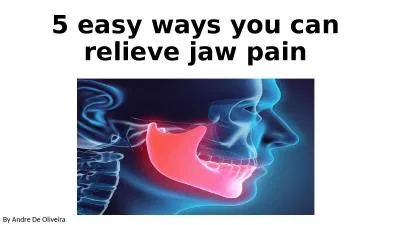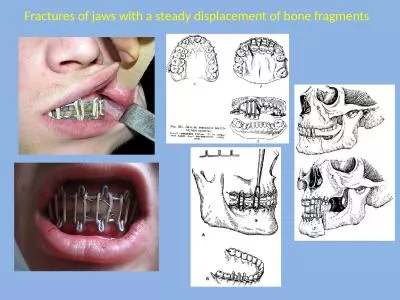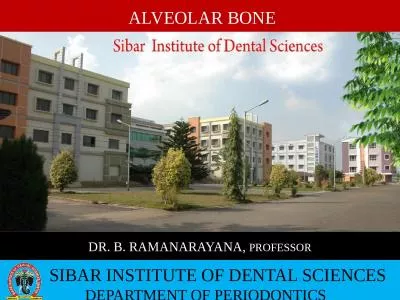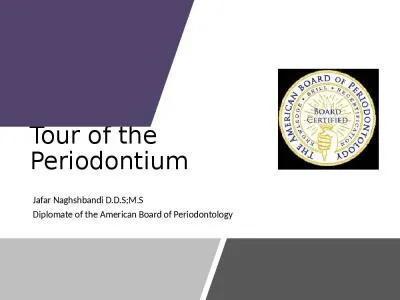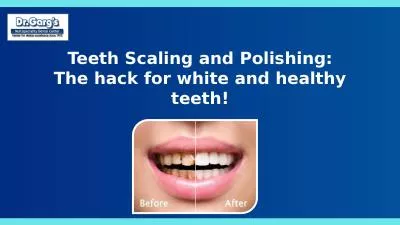PPT-Alveolar bone: Is that part of upper/lower jaw that responsible for carrying the teeth
Author : violet | Published Date : 2022-06-07
1 Houses the roots of teethAnchors the roots of teeth to the alveoli which is achieved by the insertion of Sharpeys fibers into the alveolar bone proper 2Helps
Presentation Embed Code
Download Presentation
Download Presentation The PPT/PDF document "Alveolar bone: Is that part of upper/low..." is the property of its rightful owner. Permission is granted to download and print the materials on this website for personal, non-commercial use only, and to display it on your personal computer provided you do not modify the materials and that you retain all copyright notices contained in the materials. By downloading content from our website, you accept the terms of this agreement.
Alveolar bone: Is that part of upper/lower jaw that responsible for carrying the teeth: Transcript
Download Rules Of Document
"Alveolar bone: Is that part of upper/lower jaw that responsible for carrying the teeth"The content belongs to its owner. You may download and print it for personal use, without modification, and keep all copyright notices. By downloading, you agree to these terms.
Related Documents

